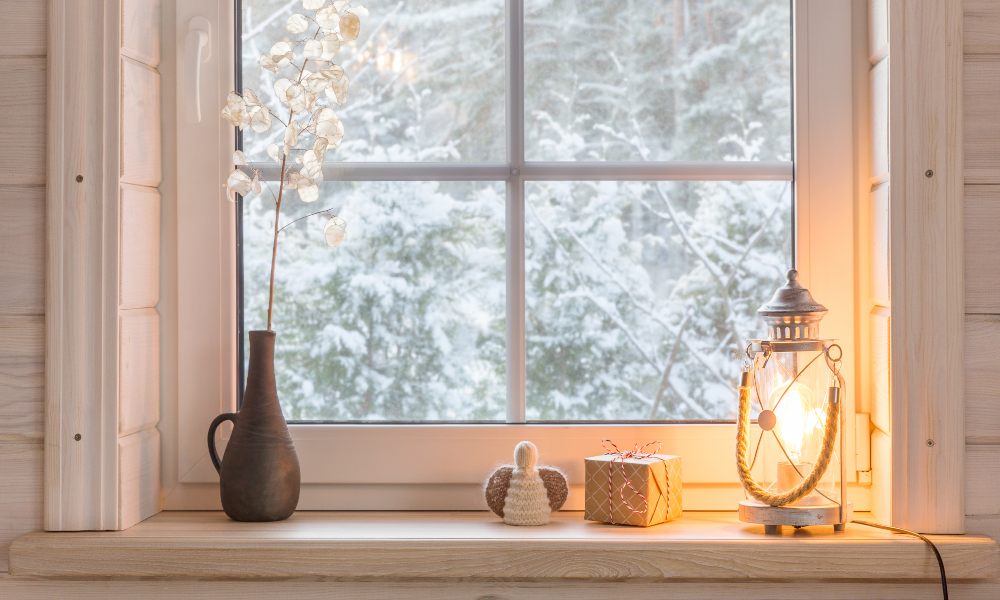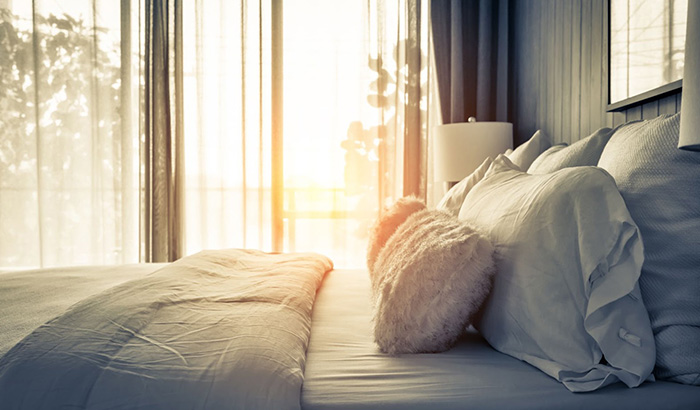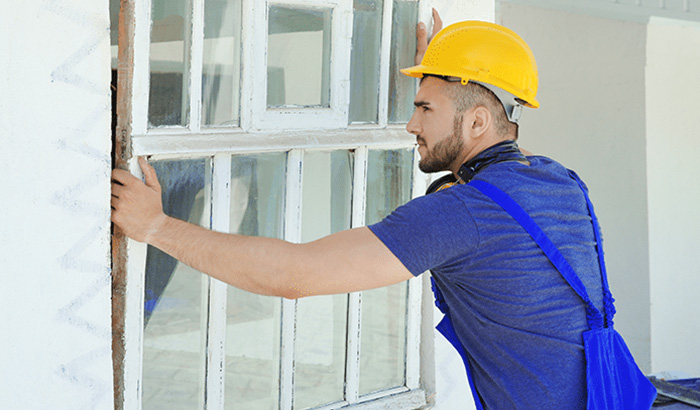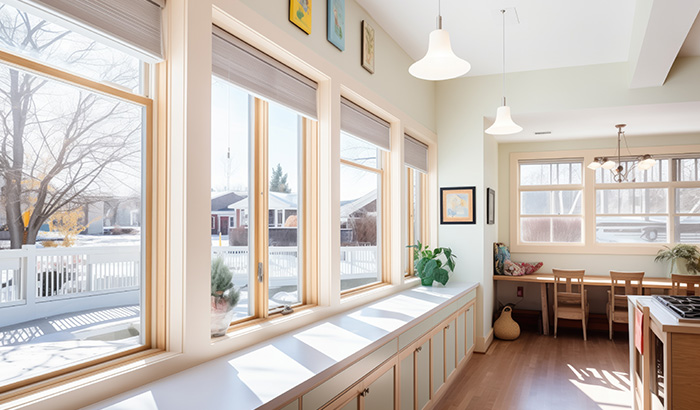With winter ahead of us and temps steadily decreasing, it’s time to think about how prepared our houses are for cold weather. If you have old windows and notice more cool drafts coming through them, consider replacing them to save on your heating bills and keep you and your family warm.
When deciding which windows to install in your home, pay close attention to the energy efficiency rating of the windows. Most people are familiar with the Energy Star rating, but not as many know about the NFRC rating, providing a more accurate and complete report.
In addition to looking for the familiar star, you will want to look for the sticker of the NFRC rating. The National Fenestration Rating Council (NFRC) provides a detailed summary of the efficiency of the window materials. This summary is based on 4-specific categories:
- U-Factor — “measures how well a product can keep heat from escaping inside a room. The lower the number, the better a product keeps the heat in.”
- Solar Heat Gain Coefficient — “measures how well a product can resist unwanted heat gain, which is especially important during the summer cooling season. The lower the number, the less you’ll spend on cooling.”
- Air Leakage — “measures how much air will enter a room through a product. The lower the number, the fewer drafts you’ll experience.”
- Visible Transmittance — “measures how well a product is designed to effectively light your home with daylight, potentially saving you money on artificial lighting. The higher the number, the more natural light is let in.”
In today’s blog, we’ll discuss the best windows for cold climates based on these categories.
What Are the Best Residential Windows for Cold Climates?
There’s no one-size-fits-all choice of windows; however, most experts say low conductive, foam-filled fiberglass and vinyl-frame casement windows (double or triple-glazing) are best. Couple it with a very low U-factor and a relatively high solar-gain coefficient (SHGC).
That is a lot of words for finding a window made of materials that will retain heat inside your home. Unfortunately, many older homes have beautiful windows that may not be energy efficient simply because of their materials.
So if you live in a cold climate and find yourself paying excessive amounts of money to heat your home, you may want to consider installing new windows to replace the outdated and less energy-efficient ones.
What Are the Best Windows for Mixed Climates?
If you live in an area with cold winters and hot summers, consider double-glazed windows with a proper SHGC. The window U-value should be the same as in cold climates; however, the SHGC value differs according to the side of the house. High SHGC glaze must be used cautiously on the sun’s facing windows to help with overheating in summer.
Conversely, west and east-side windows should have low SGHC for solar heat gain limits and be small in size. Again, these windows can also contribute to overheating in summer. Tuning the type of glass for specific walls is vital for energy savings and comfort. Let’s talk about the different types of glazing.
Note that most types of glass for cold climates don’t usually work in a mixed environment. For instance, southern facing sides of your home may require a different glass than northern facing sides.
In energy-efficient homes, triple-glazing windows make sense in cold climates and are great for homes facing noisy locations. However, be aware that large east and west-facing windows can create short periods of overheating in summer, so consider using recessed windows with summer shading.
Double or Triple-Glazed Windows?
Some people think triple-glazing is the best choice since it has the best chances of keeping cold out; however, it may not be best for a mixed climate, where summers are hot, and installation is more expensive. On the other hand, high-quality double-glazed windows will keep you warmer in the winter while cutting energy costs; it’s also best for hot summer climates.
Choosing between double or triple-glazed windows comes down to knowing the benefits of each, as well as the costs or possibly negative issues associated with them. What will be best for making one house energy efficient may not be the same for another house, even if they are in the same climate.
Consider the weight, price, functionality, and installation of the windows. Then, combine all your information before you choose the appropriate windows for your specific circumstances.
What Are the Best Replacement Windows?
The ideal values for windows in cold climates are double or triple-glazed with a very low U-factor and high solar-gain (SHGC) coefficient. That being said, let’s address the importance of window installation to ensure your home is properly insulated.
You could get the best windows available, but if your home is poorly insulated or prone to leaks, it won’t provide the level of comfort or energy savings you need. If you decide you want to replace your windows, ensure your home is first properly insulated and any leaks fixed.
Call Mountain States Windows & Siding
Quality, durable, and well-insulated windows and siding are critical for making it through blustery Utah winters comfortably and with a reasonable utility bill. That’s where Mountain States Window & Siding can help.
Our expert technicians offer friendly service with the knowledge, experience, and professional equipment to ensure your windows are beautiful and function appropriately with energy efficiency. So whether you are building new or renovating a space, we are ready to give you the windows of your dreams.
From blueprints to the final touches, Mountain States Window & Siding and Mountain States Kitchen and Bathroom are dedicated to helping you bring out the best in your home. Contact us today for a consultation and quote for your project, and let’s get started!




